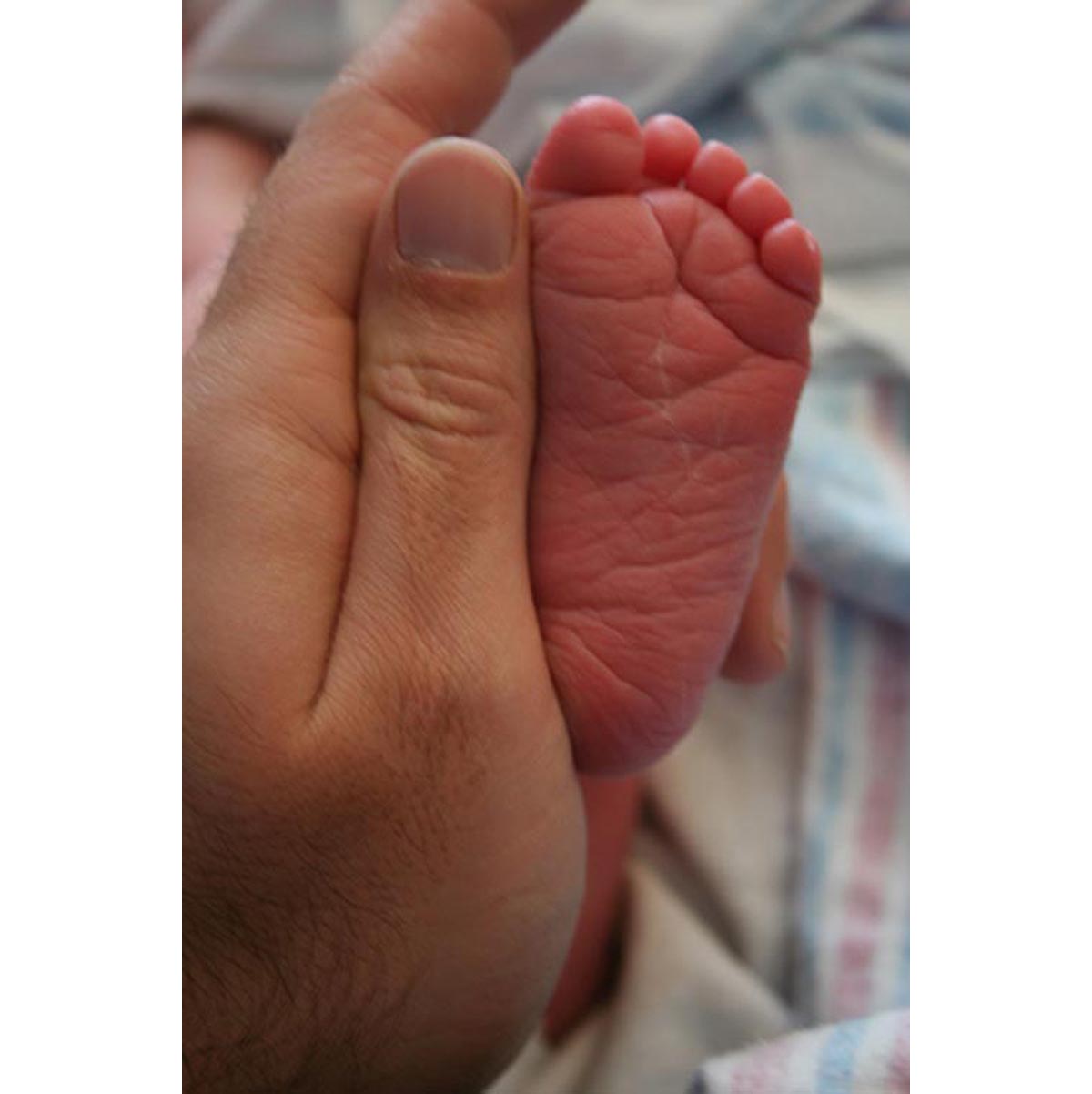Table of Contents
Informed consent and refusal applies to non-life threatening, non-emergency situations. Remember that the doctors caring for you during labor have two patients — you and your baby (and more if you are carrying twins or multiples). In emergencies that threaten any of the patients' lives or permanent physical well-being, doctors are not required to obtain informed consent, and can carry out procedures that you do not agree to.

Placenta previa physically excludes the possibility that a baby will be born alive through a vaginal delivery. If the woman refuses to undergo a c-section, she will have one carried out despite her refusal — because her baby would die without one.
There are many other situations that are a little more in the gray zone. A hepatitis positive mother may refuse to consent to immunoglobulin treatment for her baby, a woman whose membranes have been ruptured for longer than 24 hours may refuse to be induced, or a 30-week pregnant woman may come in to hospital demanding a c-section.
Then, there are situations that are legally sticky but clearly not life-threatening. Some woman refuse electronic fetal monitoring, insist on giving birth to a breech baby vaginally (this may be risky, but can also be done safely by trained providers), or do not see eye to eye with an OBGYN about labor induction at 42 weeks.
What will happen in these situations? Doctors are legally and morally bound to attempt to provide the best care possible to all patients. What is clear is that they don't have to proceed with interventions that they deem to be dangerous. What is also clear is that they cannot allow mothers to make decisions that may lead to the death of their babies. Where time allows, doctors will engage in conversations with the mother and her support people (usually the baby's father).
In some cases, doctors and hospitals will even take matters to court. Take one case, Pemberton v Tallahassee Memorial Regional Center, where a woman who had previously had a c-section could not find a doctor to assist her in a vaginal birth after cesarean section (VBAC). The mother had decided to have a homebirth. When a doctor whom she consulted for another pregnancy-related matter found out, she was sued and successfully forced to undergo a c-section.
Was this situation life-threatening? Not necessarily. This case shook the natural birth community, largely because c-sections carry risks just as VBACs do. It is debatable whether a c-section was truly the safest choice here. Yet, this mother's decision to give birth at home was deemed risky enough to discount the mother's refusal.
- Photo courtesy of 64939463@N00 on Flickr: www.flickr.com/photos/64939463@N00/3094437407


Your thoughts on this